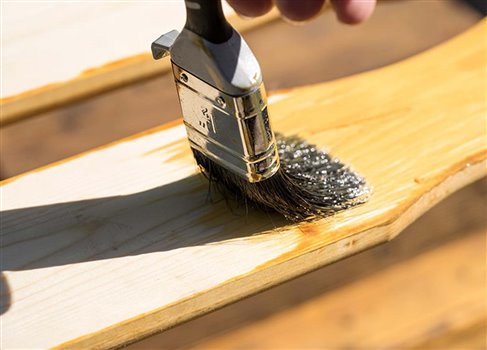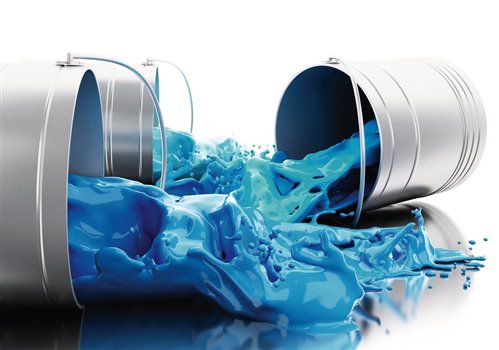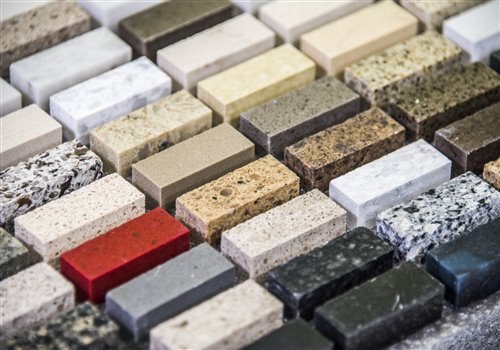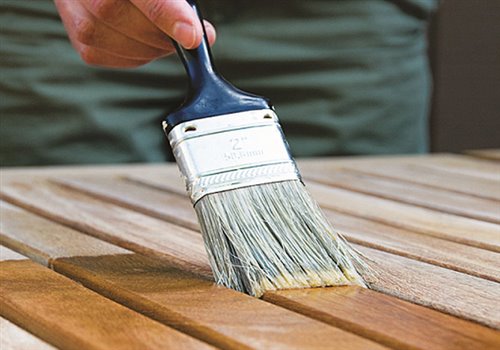The curing process of unsaturated polyester resins
Introduction
Liquid unsaturated polyester resins usually contain polymer chains dissolved in an active monomer. In fact, the solvent of this resin is a monomer that participates in the solidification and curing of the resin. Both solvent and polymer chains contain unsaturated carbon-carbon bonds. In fact, the curing process in consisted of the reaction of these double bonds with each other and formation of a three-dimensional polymer network, which solidifies and strengthens the resin. Since it is an irreversible reaction, unsaturated polyester resin is considered as a thermoset polymer, which means that it does not return to its original liquid state by adding solvent or heat. In fact, increasing the temperature does not melt it, but just destroys it.
The curing process chemistry
The curing process of unsaturated polyester resins is a type of radical polymerization so that it uses organic peroxides process as radical initiators and decomposition of peroxides generates free radicals. Decomposition of peroxides occurs through either accelerator or heat. Accelerators are usually a solution of metal salts such as cobalt octoate with a concentration of 1 to 10%. Cobalt ions participate in a reduction reaction with peroxides and convert them to free radicals.
After the accelerators and initiator are mixed, radicalized molecules attack the double bonds in the styrene molecule or the double bonds in the resin polymer molecules and radicalize these polymer molecules. Then, these molecules react with each other and create a 3D network. After about 5-25 minutes, the resin turns into gel state, gradually solidifies, and no longer can be used in processes. Since this reaction is an exothermic process, adding the accelerator and initiator gradually increases the temperature of the mixture. After the resin reached its peak temperature, its temperature will gradually decrease. This means that the polymerization process has slowed down and the rate of heat generation is slower than the rate of its transfer. At this point, the curing process is not finished and gradually continues until the final polymer network is formed and the material is completely solidified.
Unsaturated polyester curing can be divided generally into two types: ambient temperature curing, and high temperature curing.
Ambient temperature curing
There are usually two systems for curing unsaturated polyester at ambient temperature:
- The curing system in which cobalt and methyl ethyl ketone peroxide are used as accelerator and initiator, respectively.
- The curing system in which a tertiary amine such as dimethyl aniline, dimethyl para toluidine is used as accelerator and benzoyl peroxide is used as initiator.
High temperature curing of unsaturated polyester
Unsaturated polyester curing can be employed to decompose peroxides at high temperatures (e.g., 80 to 160 °C). This approach requires the use of peroxides that are activated at high temperatures. These peroxides can be selected from the family of Preesters such as tertiary butyl perbenzoate or the family of Preketals such as 1,1-Bis(tert-butylperoxy)-3,3,5-trimethylcyclohexane. Cobalt accelerator can also be used to speed up the resin curing process. The combination of unsaturated polyester with these peroxides at ambient temperature usually results in an acceptable shelf life. Therefore, this type of peroxides can be used in situations where the resin must be mixed with peroxide and kept in a warehouse for a while so that it does not cure at ambient temperature until the heating process is started (such as the SMC process).
Effective factors on the process and curing degree of unsaturated polyester
Some of these factors are as follows:
- Selected curing system
- Ambient temperature
- The amount of resin and the part thickness
- Amount of accelerator and initiator
The curing degree of unsaturated polyester is effective on the final properties of the polymer like the corrosion resistance, chemical resistance, and mechanical resistance. The curing degree usually is determined based on the percentage of residual styrene, which is usually about 2 to 4% after the initial curing. Many applications requires very low styrene percentage. For example, in food contact cases such as drinking water pipes, the leakage of unreacted monomers from the final product into the water must be prevented. In addition, incomplete curing decreases the mechanical resistance of the resin. To resolve this, post curing is used in many cases to ensure the complete curing of unsaturated polyester. The post curing process lasts 6 to 24 hours at a temperature between 60 and 100 °C. The figure below shows the curing status with respect to the temperature and residual styrene.







